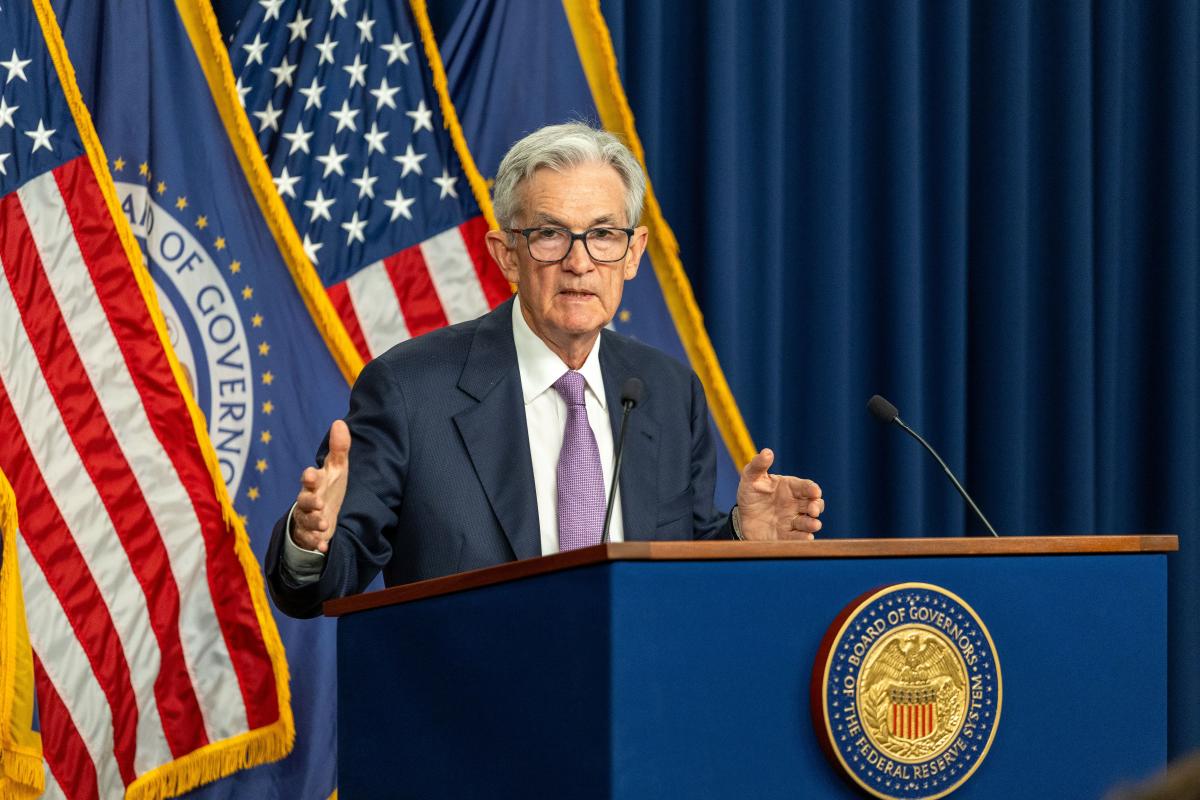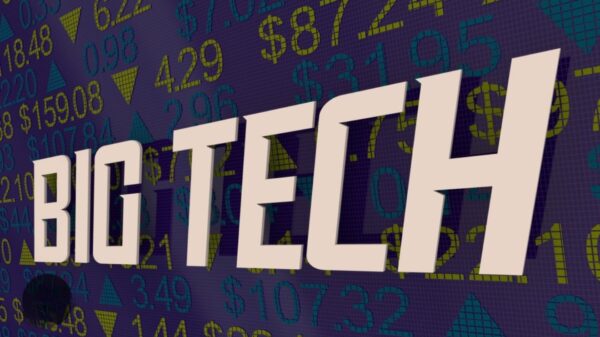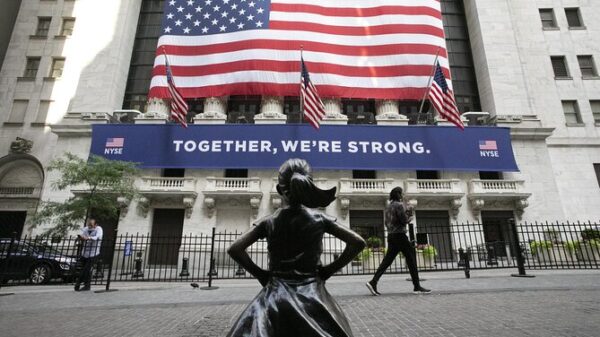What You Need to Know
• The Personal Consumption Expenditures (PCE) price index rose 2.5% year-over-year in January, down from 2.6% in December.
• Core PCE inflation, excluding food and energy, increased by 2.6% annually, a decrease from the previous 2.8%.
• U.S. consumer spending unexpectedly fell by 0.2% in January, following a 0.8% rise in December.
• Futures traders maintain expectations for a Federal Reserve rate cut in June, despite the inflation data meeting forecasts.
Market Overview
The latest data from the Bureau of Economic Analysis indicates that the PCE price index, the Federal Reserve’s preferred inflation gauge, increased by 2.5% over the past year as of January, slightly easing from December’s 2.6% rate. The core PCE, which strips out volatile food and energy prices, also showed a deceleration, rising 2.6% year-over-year compared to 2.8% in the prior month. These figures align with economists’ expectations and suggest a modest cooling in inflation pressures.  
Despite the easing inflation, consumer spending saw an unexpected decline of 0.2% in January, following a robust 0.8% increase in December. This downturn in spending may reflect the fading impact of preemptive purchases made ahead of anticipated tariffs, as well as adverse weather conditions affecting economic activity. 
Richmond Fed president Tom Barkin said Tuesday that he wants to keep interest rates “modestly restrictive” until he gains more confidence inflation is returning to the central bank’s 2% goal, warning about lessons learned from the 1970s.
In response to the inflation data, futures traders are maintaining their bets that the Federal Reserve will initiate a rate cut in June. The slight moderation in inflation provides the Fed with some flexibility, but uncertainties surrounding fiscal and trade policies, including potential inflationary effects from proposed tariffs, may influence the central bank’s decisions in the coming months.  
The Oracle says:
“The Oracle says to monitor upcoming Federal Reserve communications closely, as evolving economic indicators and policy decisions will significantly impact market dynamics in the near term.”













Leo_G
November 12, 2025 at 1:23 am
Nicely done.